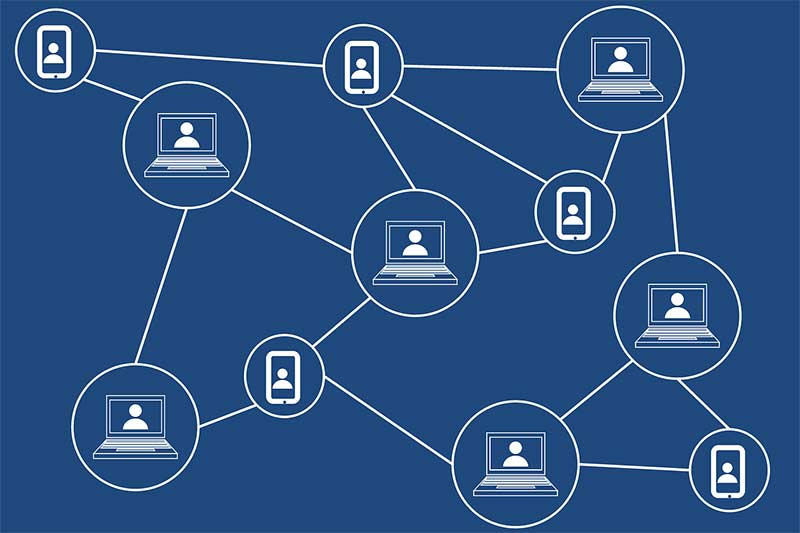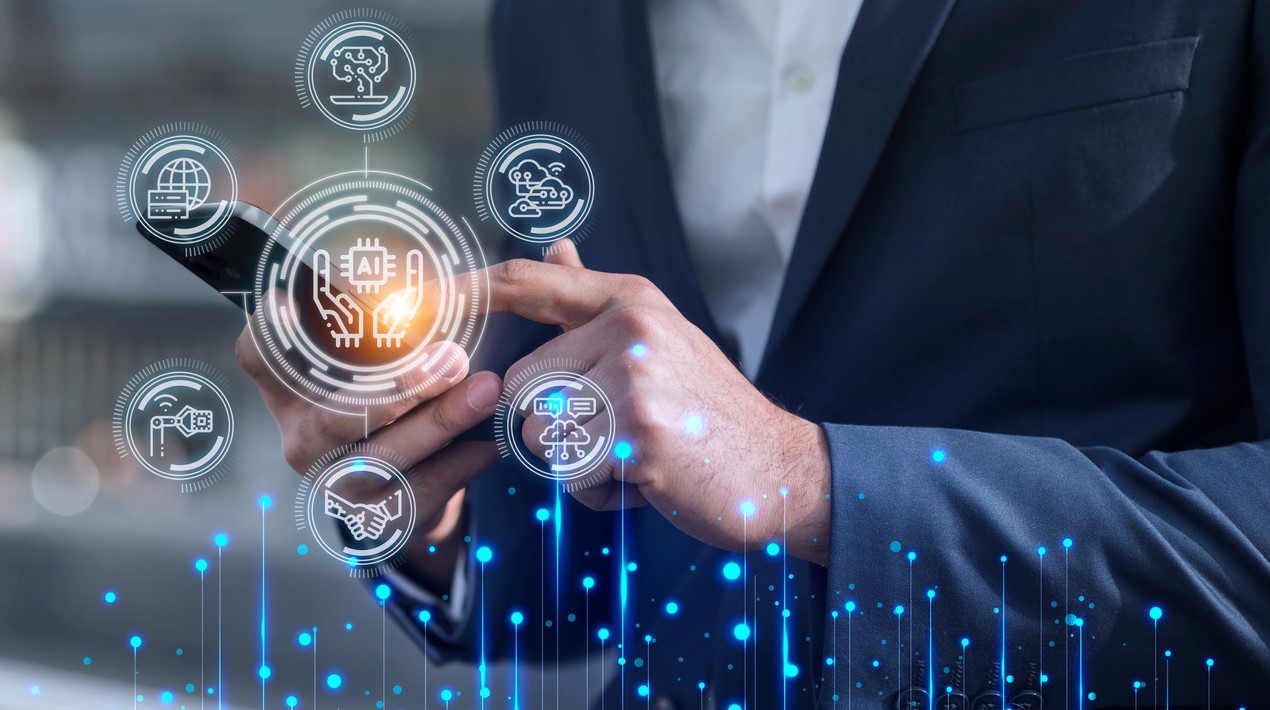
The Asian Development Bank (ADB) has issued
a paper, ‘Distributed
Ledger Technologies for Developing Asia’ (“the Paper”), exploring feasible
areas of practical implementation for Distributed Ledger Technologies (DLTs) or
blockchain, mainly in the context of development finance.
The Paper attempts to provide preliminary answers to two
questions:
- Where in a developing country context have DLTs been
successfully applied and what are further areas for practical implementation in
developing Asia? - What are the limitations of DLT implementation and what are
the steps required to further their development for broader applicability?
The Paper assesses the potential and implementation limits
in five use cases: Digital Identity; Trade finance; Project aid monitoring and
results; Smart energy and smart mobility; and Sustainable supply chain
management.
Based on its analysis, ADB recommends that development
lenders such as itself take into consideration underlying infrastructure
requirements, such as electrification and connectivity, before embarking on
overly ambitious DLT proof of concepts. Appropriate DLT architecture must be
selected for each case based on conditions on the ground. End-user limitations
(as in user might only be able to make partial use of what the technology is capable)
have to be factored in.
For projects involving IoT sensors and automatic data
reporting and analysis, the development of broadly shared standards and
definitions should be a priority before starting DLT projects.
ADB also expresses a preference for investment in
self-sovereign digital identity solutions (for individuals and for legal
entities) as it is a gateway for other DLT use cases.
Digital identity
The Paper describes Digital identity as a Gateway to All
Other Use Cases. For instance, DLT could help provide financial system access
to excluded populations.
The Paper notes that many globally focused startups are
building DLT solutions for real-time self-sovereign digital identity management,
which means that individuals fully own and manage their own identities.
According to the Paper, the self-sovereign identity approach
is ideal for adoption in developing country contexts where there are
significant gaps in official state recordkeeping. In developed countries, large
sunk investments in traditional and entrenched recordkeeping systems could be a
barrier.
But three requirements must be met to realise the benefits:
1) Security (the identity information must be kept secure); 2) Controllability
(user must be in control of who can see and access their data); and 3) Portability (user must be able to use their
identity data wherever they want and not be tied to a single provider).
Data portability requires platform neutrality, but several
solutions are being designed for use on specific DLT platforms, sometimes driven
by hype on them. ADB recommends that development funders adopt a policy of
publishing public tenders for all DLT-based proof of concepts, even if they fall
below the usual budget threshold for a mandatory public tender call.
The paper also points out that quantum computing could pose a
risk to the currently used cryptographic functions. Quantum-proof alternatives are
available but building these into a self-sovereign identity wallet in a
user-friendly manner (no requirement of technical knowledge) poses nontrivial
design challenges.
The paper also cautions that digital identity might not be
enough on its own to realise the full potential and complementary reforms might
be required.
Trade Finance for
Improved Accessibility of Small and Medium Enterprises
DLT based trade finance platforms can significantly reduce
processing times, improve transparency and boost financial inclusion.
But for a trade finance platform to fully leverage DLT and
the automaticity of smart contracts, it would have to bring on board not only
banks, but also shipping agents, freight forwarders, ports, customs, and
insurance companies, which presents imposing coordination challenges.
Furthermore, trade finance continues to be heavily paper-based
in many parts of the world. Digitisation of all aspects is a pre-requisite for
DLT trade finance. Global harmonised digital identities for companies worldwide
would be an important step forward. G20 mandated the Financial Stability Board
to create the Global Legal Entity Identifier Foundation (GLEIF). Established in
2014, GLEIF has since enrolled nearly 500,000 companies with a Legal Entity
Identifier (LEI) against a small fee. The paper also points out the World Trade
Board’s Digital Standards in Trade (DST) initiative, due for launch in January
2018. It aims to fill the lack of common standards in the trade system by
providing a fully digitised and seamless end-to-end throughput in trade
transactions worldwide.
Project Aid
Monitoring and Results-Based Disbursements
Collecting the information via a DLT would allow dedicated
nodes to perform automated data analytics and/or employ machine learning to
monitor and analyze the data sent by cameras or sensors in real time. This
reduces the time lags and costs associated with data collection and analysis. once
the data have been collected and evaluated, they can be passed through smart
contracts that generate automatic payments and send them back to the project
participants in accordance with predefined instructions.
In the case of the forest preservation project, the smart
contract could be programmed to make payments contingent on the slowing down of
deforestation in the region as seen from satellite images. All sorts of IoT
sensors could be deployed to capture performance data and payments would be
made accord to benchmarks and thresholds.
For this to succeed, robust sensors would be required. For instance,
they might have to withstand adverse weather for extended periods. It must be difficult
to tamper with them or tricking them into recording false data. Hardware costs
and connectivity infrastructure gaps are important factors here. DAG-based DLTs
(“tangle”) could help here.
(DAG stands for
Directed Acyclic Graphs. Transactions are transmitted and confirmed in an
asynchronous rather than ‘chained’ way. Conceived as a lightweight protocol for
IoT environment to facilitate microscale machine-to-machine transactions among
billions of connected devices, it becomes faster and more secure as network
traffic grows. In contrast to blockchains, the tangle has no dedicated
‘miners.’ Instead, each IoT connected device that transmits a new transaction
to the network must perform the computational calculations necessary to confirm
two other transactions as a precondition for having its own transaction
confirmed. The tangle’s distributed consensus protocol means portions of the
network’s traffic can split off from the main tangle for extended periods of
time and continue to operate without internet connectivity (e.g., over
Bluetooth, or theoretically even TV or radio bandwidth).)
Smart Energy and
Smart Mobility
Meters of various kinds can be integrated into DLT. The paper
explains how it might work:
“Community members contribute to local renewable energy
production by installing solar panels on their rooftops. A device called a
transactive grid element continuously measures their energy production and
consumption. This information is shared with other participants over a DLT—in
this case a private permissioned blockchain—which in turn enables them to act
upon the information in concert in response to changing energy conditions
within the grid. At any given time, a microgrid participant might be producing
more energy than it consumes, in which case it sells its excess energy to
others, or consuming more than it produces, in which case it purchases the
shortfall from others.”
This can eliminate the need for meter checks and
post-consumption billing and drive renewable energy growth by facilitating
financing and boosting adoption.
DLTs can also be used to connect electric car owners and
private charging station owners, enabling electric vehicles to be recharged in places
where public charging stations are not available.
But it is expensive and inefficient to send energy across
large distances, due to energy loss in transit. Connecting noncorrelated
microgrids to balance out each other’s load patterns is only practicable in
regions where they are located in close proximity. Connecting microgrids to
main grids could be an alternative. But here too distance poses a barrier,
especially for remote and/or difficult to reach places. Therefore, for microgrids
connected through DLTs to provide a sustainable solution for remote areas of
developing Asia, investment in battery capacity improvements will be required.
Access to the private finance needed to purchase electric
vehicles and electric charging stations is the primary barrier for peer-to-peer
mobility markets.
The paper notes that ADB, which gives out around $5 billion
every year to energy projects (with around 50% for renewable and energy
efficiency projects) is in a good position to facilitate the introduction of
DLT to its energy sector operations.
Sustainable Supply
Chain Management
DLTs can help manage global supply chains in a way that
ensures products and services are produced in accordance with recognized human
rights principles, sound consumer safety norms, and environmental best
practices.
DLT-based global supply chains could even include smart
contracts to automatically adjust the prices paid to each supplier along the
way in accordance with the supplier’s demonstrated labor, environmental, or
consumer protection performance in each case.
But considerations of IoT device robustness and tamper
proofness, electrification and connectivity barriers, user design challenges,
come into play. And sometimes, basic questions of what to measure and how to
measure need to be resolved. Here, development lenders can partner with,
participate in, and/or provide technical and financial support to
standards-making bodies to develop broad-based consensus around and adoption of
sensible sustainable development-related standards. The invention of new tracking
methods and devices might also be required.
Read the paper here.
















